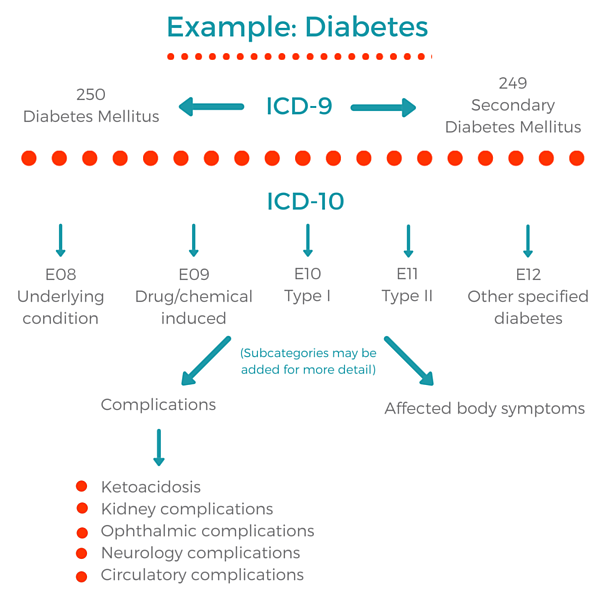Getting Your Staff On Board with ICD-10 and Optical Software
We understand that not everyone is a fan of change, especially in the workplace. And the switch to ICD-10 later this year is going to affect a lot of healthcare providers and will require some learning, and a little patience, from your staff. An important step for managing change in any workplace is getting your staff's buy in that the changes are necessary and are an important part in improving their job and their ability to provide the best possible patient care.
How ICD-10 and Optical Software will Help Improve Patient Care
Healthcare is progressing every day with new procedures and technologies, and part of this progression includes the implementation of ICD-10 codes to replace the current ICD-9 system. ICD-10 is going to allow healthcare providers to capture more information that will lead to a better understanding and greater details of each patient's health. And overall, healthcare providers will be able to better track diseases and health outcomes nationwide.
Let's look at a quick example of how ICD-10 provides greater detail:
- ICD-9 would show that a patient has broken an arm
- ICD-10 will be able to show which arm is broken
Other details that can be captured with the new code set includes related medical conditions, causes of medical conditions, and specific location on the body which will allow doctors to provide better documented visits.
This documenation allows Patient A to see their doctor today, and a year later go to see a new doctor that will have a better and more complete understanding of Patient A's health history.
Some additional updates include definition changes, terminology changes, more specifics, and an expanded code structure. While ICD-9 codes have 3-5 characters, ICD-10 codes can have up to 7. The first three characters represent the category of disease or health condition, followed by a decimal point. The fourth, fifth, and sixth characters represent clinical details like cause of disease, severity, and anotomical location.
Below is an image, using the example of Diabetes from a CMS video, to help you understand the details provided with ICD-10 that ICD-9 currently doesn't provide.

How Can Optical Software Help Your Staff?
Depending on if your practice runs on paper, or if you're using a practice management and EHR solution, your optical software could play a huge role in helping your staff make the transition. Optical software, like Uprise, comes ready with ICD-10 built straight into the system. If your staff has access to a system that has the new codes built in, it's going to ease a lot of the burden of learning new codes and manually entering new data.
Our guide shows you the best ways to upgrade your software.

